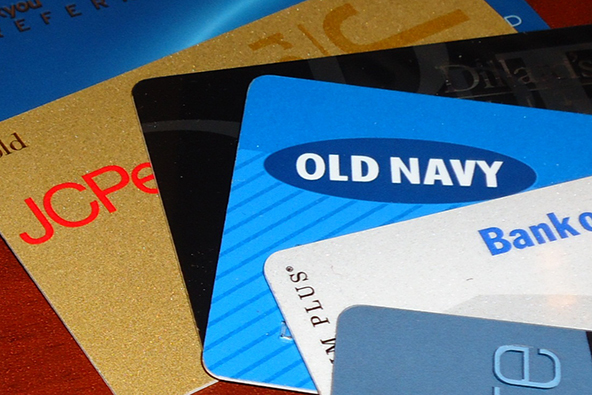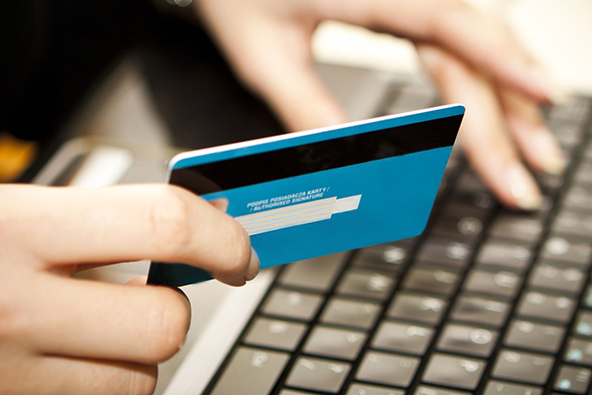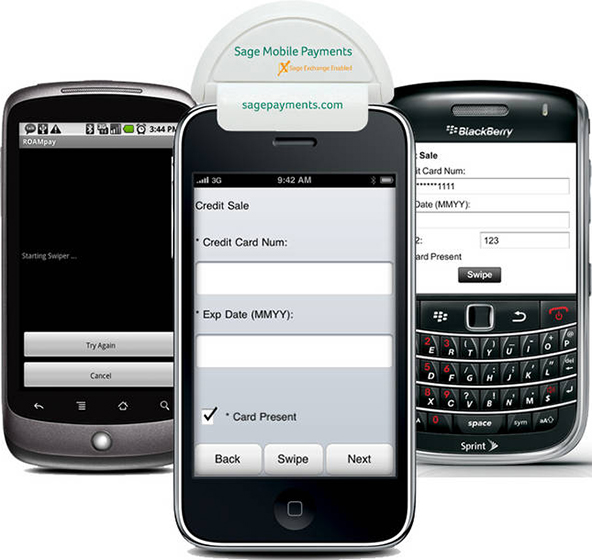6 Ways to Make Customers Like Your Store-Branded Credit Cards

Last week we looked into store-branded (also called private-label) cards and examined what makes them different from regular credit and gift cards, from a consumer standpoint. However, the differences can be even greater from a retailer’s point of view.
Private-label cards present merchants with the unique, although often underutilized, opportunity to use the cards to influence their customers’ buying decisions. It is true that gift cards can be used for the same purpose, but store-branded cards provide both more options and flexibility. An example for a merchant who has taken a great advantage of this opportunity is Zales, a jewelry retailer, which reported that 40 percent of its U.S. revenues came from purchases made with its private-label cards.
Are you getting the most out of your own private-label program? Is using your store’s card an attractive a payment option for your customers as it could be? This article will help you answer these questions and will give an idea or two on how to increase private-label revenues.
6 Ways to Make Customers Like Your Store-branded Credit Cards
Here is a list of six strategies to help you make store cards a more attractive payment option for your customers and increase your private-label revenue in the process:
- Use ongoing discounts and special offers. Why limit your program to the usual 10 – 15 percent discount on the first purchase? Give your customers a discount every time they use your store’s card. The discount does not have to be as big as the initial one (many credit card rewards programs do perfectly well with one or two percent cash-back options). Or you can offer discounts on specific items (e.g., exclusive or private-label branded products).
- Offer more attractive payment terms. Extend the promotional terms to make the minimum payment option a more appealing one to your customers. Alternatively, offer a plan consisting of equal monthly payments, which is the preferred choice for many consumers.
- Give rebates. There is no need to rediscover the wheel. Card issuers have been very successful with rewards programs that give customers various rebates or points when using their cards. Take a page of their book.
- Upgrade your account management tools. Give your customers access to advanced features like fraud alerts, payment reminders, paperless statements and mobile payments. It will not only help them manage their accounts more easily and conveniently, but it will also make you look like a “real” card issuer, not one who’s doing it as a sideshow.
- Offer co-branded debit cards. Debit cards are the most-widely used payment card in the U.S. and the second-fastest growing, behind prepaid. The Durbin Amendment made them less profitable for issuers, but your primary objective should be to increase sales. Profits from transaction fees, while welcome, should be a secondary priority (and anyway that’s only a consideration if you issue your cards directly). Consumers like debit, so why not giving them what they want?
- Offer prepaid cards. As already mentioned, prepaid is the fastest-growing payment card type in the U.S., so the same rationale about giving people what they want applies to them as it does to debit. Moreover, they were exempted from the Durbin Amendment regulations, so prepaid is good from an issuer’s perspective as well.
I’m sure there are other items that can be added to that list, but it will at least get you started. Feel free to tell us about your own ideas in the comments below.
The Takeaway
You should constantly be looking for ways to improve your private-label program. Remember that, even if your cards are underwritten and issued by a bank, rather than by your own company, your customers will still associate them with your own brand, so their experiences as cardholders and customers will blend into one.
This equivalence in the minds of your customers between their shopping and payment experiences is unique to store cards and presents both an opportunity, as well as a challenge. To take advantage of the former and successfully meet the latter, you should treat your private-label card program as an inseparable part of your brand, rather than simply as another tool for generating revenue.
Image credit: Lisathetaxlady.com.


